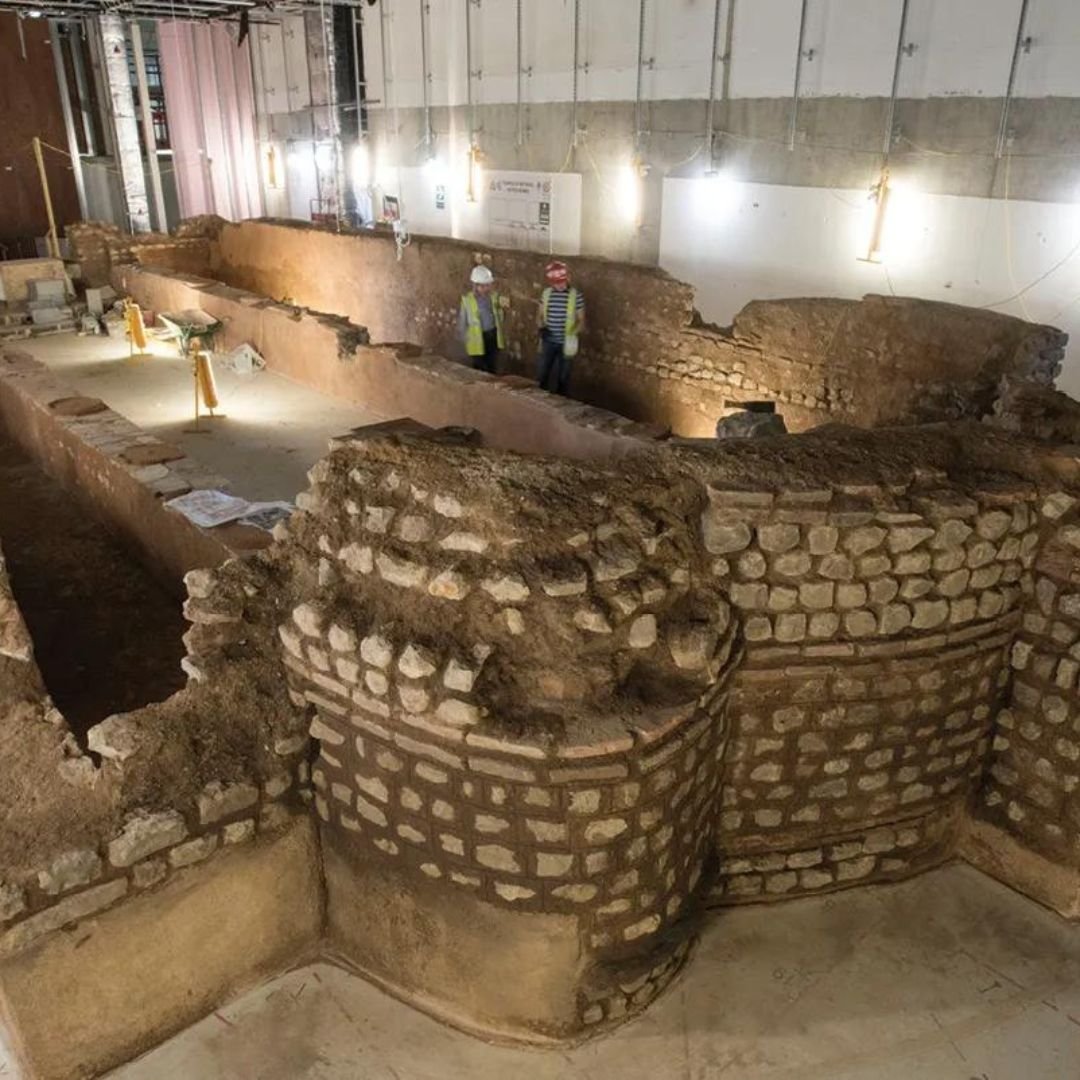The Roman Temple Of Mithras, London: Archaeological Treasure
During the post-war reconstruction of London, an archaeological treasure was found amongst all of the rubble and debris; the Roman Temple of Mithras.
The story of the Roman Temple of Mithras began in the post-World War II era.
In 1954, during the reconstruction of London's bombed-out heart, a team of archaeologists stumbled upon a subterranean chamber filled with the remnants of a temple.
What they had discovered was a rare and extraordinary relic from Roman Britain.
The Roman Temple of Mithras, also known as the Mithraeum, was constructed in the 3rd century AD.
This period was marked by the height of the Roman Empire's influence in Britain.
Mithraism, a mystery religion dedicated to the worship of the god Mithras, was gaining popularity among Roman soldiers and citizens.
Mithras was a Persian deity associated with light, the sun, and moral values.
The Roman version of Mithraism incorporated elements of Persian Zoroastrianism and Hellenistic symbolism, making it a unique and mysterious cult.
The temple's architecture reflected the secrecy and mysticism that characterized Mithraism.
A long, narrow chamber, with a vaulted ceiling, housed an altar at one end.
The central focal point of the temple was a remarkable relief sculpture of Mithras slaying a bull, a scene central to the religion's mythology.
This image symbolised the victory of light over darkness, and it is believed that Mithras was born from the cosmic sacrifice of the bull.
The temple's interior was deliberately designed to be windowless, creating an atmosphere of isolation and mysticism.
Worshippers would gather in this dimly lit space to partake in the rituals and ceremonies that defined Mithraic worship.
One of the most intriguing aspects of the Mithraic cult was its secretive nature.
Little is known about the specifics of their rituals, as Mithraic initiates were sworn to secrecy.
However, some evidence suggests that these ceremonies involved purification, initiation, and feasting.
Worshipers would progress through a series of symbolic stages, ultimately aiming for spiritual enlightenment and the promise of an afterlife.
The decline of the Roman Empire saw the fading of Mithraism, and many Mithraea were abandoned or repurposed for other uses.
In the case of the London Mithraeum, it was buried over time and forgotten.
Fortunately, its rediscovery in the 1950s sparked a renewed interest in Mithraism and Roman history.
Today, the Roman Temple of Mithras has been reconstructed in its original location, just a stone's throw away from its original discovery site.
The London Mithraeum provides visitors with an immersive experience, allowing them to step back in time and explore the mysteries of this ancient cult.
You can view the temple's fascinating artifacts, including the iconic Mithras relief, as well as interactive displays that shed light on the beliefs and practices of Mithraism.
It's a unique opportunity to connect with the past and gain a deeper understanding of the religious and cultural diversity of the Roman Empire.
If you enjoyed this blog post, please follow Exploring GB on Facebook for daily travel content and inspiration.
Don't forget to check out our latest blog posts below!
Thank you for supporting Exploring GB.









